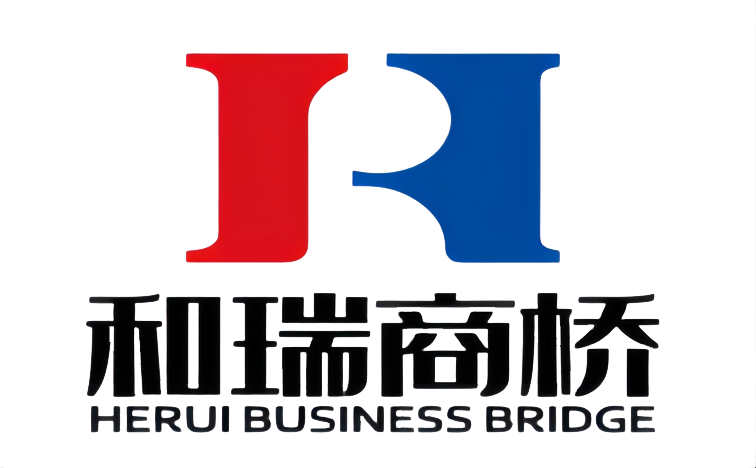1963 – The Organization of African Unity (OAU) was established, and most parts of Africa gained independence. This day also became “Africa Liberation Day”.
More than 50 years later, more and more African faces appear on the international stage, and the image of Africa is becoming clearer. When we think of Africa, we inevitably think of big calico clothing, which is one of the “business cards” of Africans, “African prints”.
Surprisingly, the origin of “African printing” is not Africa.
The creation of African printing trend
African calico is a special category of cotton textiles. Its origin can be traced back to the end of the 14th century AD. It was produced in India and used for Indian Ocean trade. In the 17th century, under the influence of this kind of printing, Java developed a manual wax printing process using wax as a stain proof material. This attracted the attention of Dutch manufacturers, who produced imitations in the early 19th century, and finally developed into African printed fabrics developed in Europe at the end of the 19th century and the beginning of the 20th century, which were sold to West and Central African markets. John Pickton, a professor of art and archaeology, has already seen this development, and said that “the role of local dealers is more important than what people have realized so far… An African investor almost decides what he wants to see in these fabrics from the very beginning”.
Fowler Museum, UCLA, collection before 1950
In order to succeed in the profitable but highly competitive textile trade, European African calico manufacturers must meet the preferences and changing tastes of African consumers, and also adapt to the cultural differences between Central Africa and West Africa. Early Dutch, British and Swiss manufacturers relied on a variety of resources to design different styles and colors to suit the local market. In addition to drawing inspiration from Indonesian batik and Calico cotton in India, their designers also copied African local textiles, depicted objects and symbols of cultural significance, and made prints commemorating historical events and political leaders. European textile companies will also actively seek help from African cloth merchants, using their cultural knowledge and business acumen to assess and influence the popularity of new African printing designs.
Decades of production aimed at local tastes and popular trends have gradually instilled a strong sense of belonging among African consumers. In fact, in some places, people collect and preserve cloth, which has even become an important wealth for women. In the era of Africa’s independence in the middle of the 20th century, Africa’s appropriation of calico became particularly important, and the overall style of local African printing had new significance, becoming a form of expressing national pride and pan African identity.
Since the late 1980s and 1990s, African printing manufacturers in Africa and Europe have faced more challenges and struggled to survive. These challenges include the decline in the purchasing power of most African consumers brought about by the International Monetary Fund (IMF)/World Bank Structural Adjustment Program (SAP) and SAP’s free trade policy, which also makes printing manufacturers suffer from the impact of cheap imports from Asia. The African calico produced in Asia entered Africa through duty-free ports or smuggled into Africa through borders, seizing the market of existing African and European manufacturers at low prices. Although these Asian imports are controversial, their approachable prices have injected new vitality into the African printing fashion system.
Phoenix Hitarget printed cloth displayed by a cloth dealer
This is the most popular African calico brand made in China in Africa
The picture of the article is taken from———L Art
Post time: Oct-31-2022




